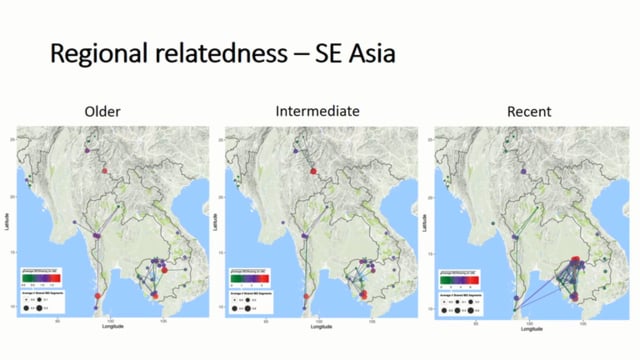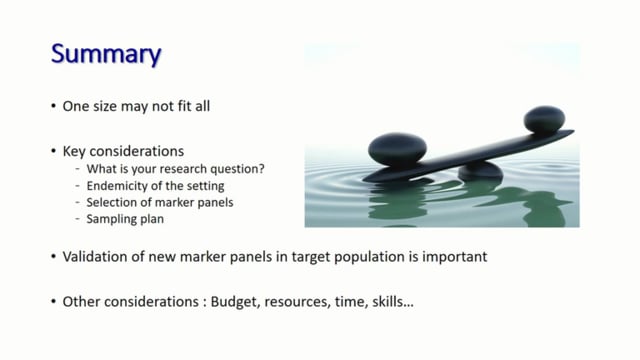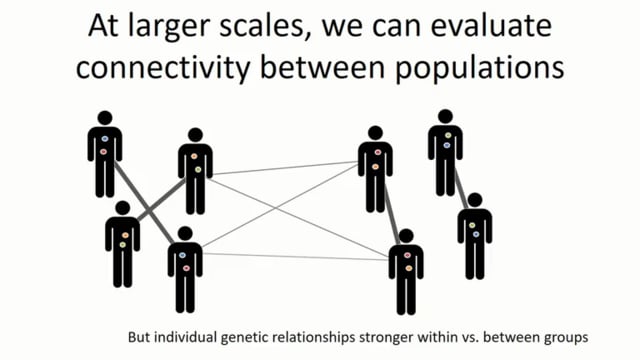Last Updated: 03/09/2025
Tracking the spread of a South Asian malaria vector in the Horn of Africa: A genetic approach
Objectives
To evaluate the history and spread of the An. stephensi population in Ethiopia, characterize the intersection of vector feeding preferences and human-mediated vector movement, and outline the potential impact on transmission of local malaria parasites using genetic and genomic analysis.
- Determine the origin and nature of An. stephensi emergence and spread in Ethiopia.
- Evaluate the relationship between mosquito migration and zoophilic feeding preferences that are shaping the spread of Anopheles stephensi in Ethiopia.
- Apply a novel genetic approach to evaluate the potential of Ethiopian An. stephensi to spread Plasmodium.
Malaria is a major global health concern. Controlling malaria transmission requires vector-based interventions that consider local mosquito vector species composition. One growing concern for malaria control programs is the movement of malaria vectors into new areas. Anopheles stephensi is a major vector of malaria in South Asia and the Middle East. Our recent report of An. stephensi being found for the first time in Ethiopia has raised concerns about the impact of this mosquito on the transmission of the malaria parasite, Plasmodium, and the emergence of artemisinin-resistant malaria strains in Ethiopia and the rest of the African continent as is happening in Southeast Asia. More information is needed about the factors that are leading to the An. stephensi range expansion in Ethiopia, particularly the impact of movement of pastoralist groups and their livestock. Also, the impact of the new vector on local Plasmodium strains remains unknown. Genetic and genomic analysis of wild-caught mosquito specimens can provide crucial insights into the evolutionary history and ecology of vector species. The goal of the proposed study is to evaluate the history and spread of the An. stephensi population in Ethiopia, characterize the intersection of vector feeding preferences and human-mediated vector movement, and outline the potential impact on transmission of local malaria parasites using genetic and genomic analysis. The project will be supported by partnership with (U.S.) President’s Malaria Initiative, which is actively conducting field surveillance and will provide mosquito specimens collected from 20 sites with which to conduct the proposed investigation. The results will inform decisions about the type of interventions to implement and where such interventions should be target to reduce the potential public health threat that the presence of An. stephensi poses.
Field Studies
- Field surveillance will provide mosquito specimens collected from 20 sites. Whole genome and targeted sequencing to the An. stephensi collected mosquitoes
Article: Wolbachia 16S rRNA haplotypes detected in wild Anopheles stephensi in eastern EthiopiaArticle: Genetic diversity of Anopheles stephensi in Ethiopia provides insight into patterns of spread
Sep 2020 — Aug 2024
$420,000


